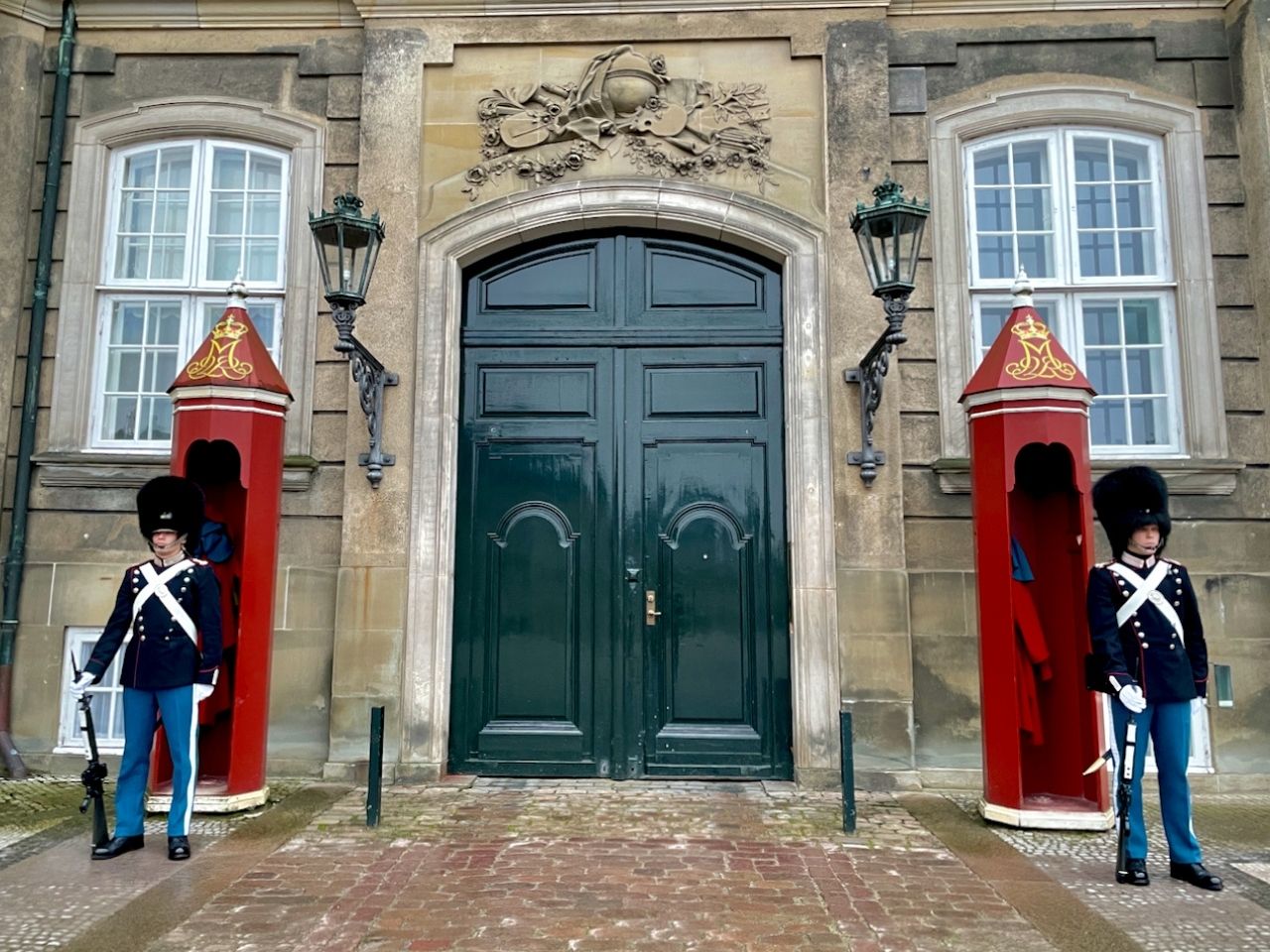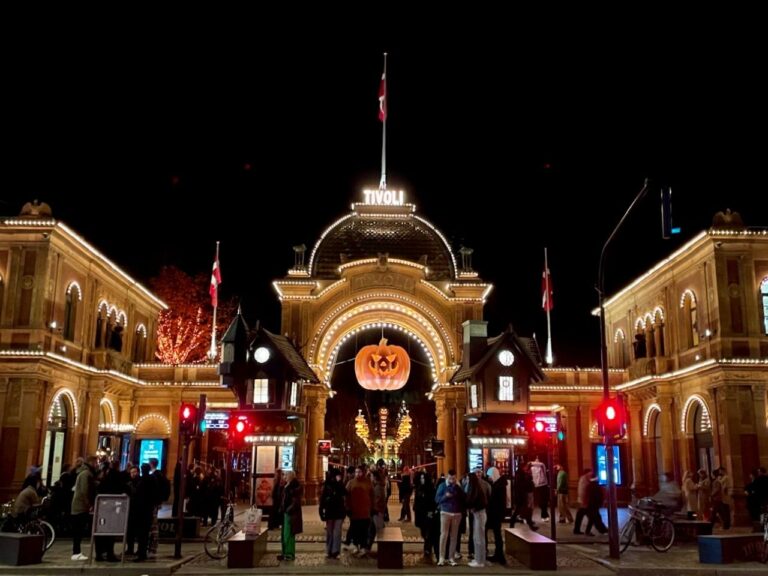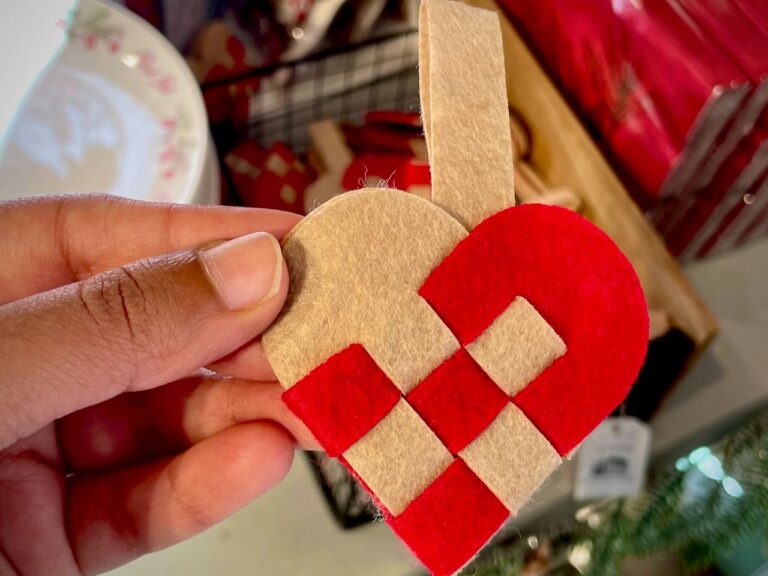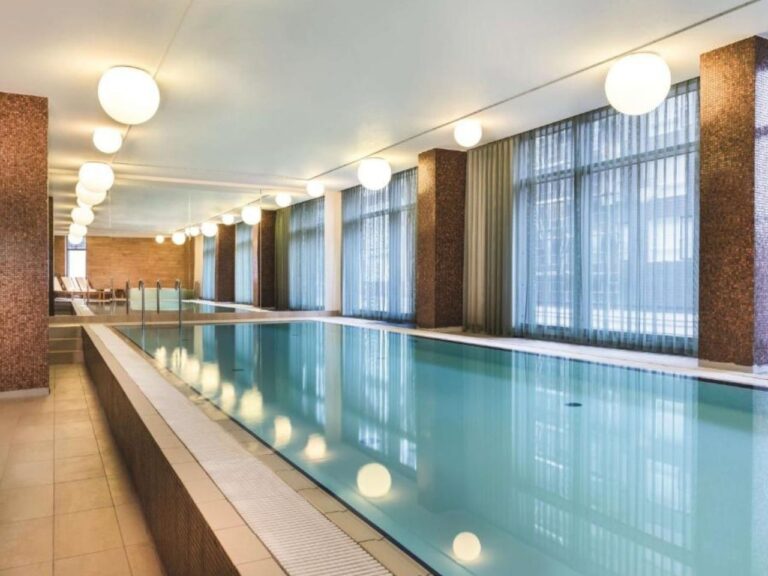All About Changing of Guards at Amalienborg Palace, Copenhagen

Curious about the changing of guards ceremony at Amalienborg Palace? This is one of the most iconic events in Copenhagen, and it happens every day, showcasing the Danish royal culture.
It’s a piece of history you don’t want to miss! Every day, the royal guards put on an impressive display of precision and pride, making it a truly memorable experience.
As someone who has watched this event several times in Denmark, I can confidently say it’s worth adding to your itinerary.
I’m here to guide you through everything you need to know about the changing of guards at Amalienborg Palace—from the best viewing spots to insider tips to ensure you make the most of this grand tradition.
Let’s dive in!
In This Post:
What is the Changing of Guards Ceremony?
The Royal Life Guard (Den Kongelige Livgarde) watches over the royal family. The ceremony is about the new guards relieving those on duty for the past 24 hours.
In the mid-19th century, the ceremony included a musical tradition where the honor marches were composed for the monarch and royal family.
Historically, these marches were used to motivate soldiers and maintain order. Today, these royal honor marches are performed during the changing of guards at the regent’s residence and other significant royal events, symbolizing tradition and respect for the monarchy.
The guards and musicians carry on this centuries-old custom with precision and pride, offering a glimpse into the country’s rich heritage and respect for its monarchy.
Where does the Guard’s Changing Event Take Place?
The Guard’s changing ceremony takes place in the large open square at Amalienborg Palace where the Crown Prince and his family reside in Copenhagen.
At What Time do the Guards Change?
Every day, the changing of guards ceremony takes place at 12:00 noon
Changing of Guards Copenhagen: Event Schedule
- At 11:27 AM, the parade begins from the Life Guard’s Barracks on Gothersgade near Rosenborg Castle.
- The guards march in unison through notable landmarks like the Round Tower and Kongens Nytorv on their way to Amalienborg Palace. They maintain a steady pace throughout the route. The police assist by clearing the way for the guards and managing traffic to ensure the parade moves smoothly and without interruptions.
- Just before 12:00 PM, the guards arrive at the palace square.
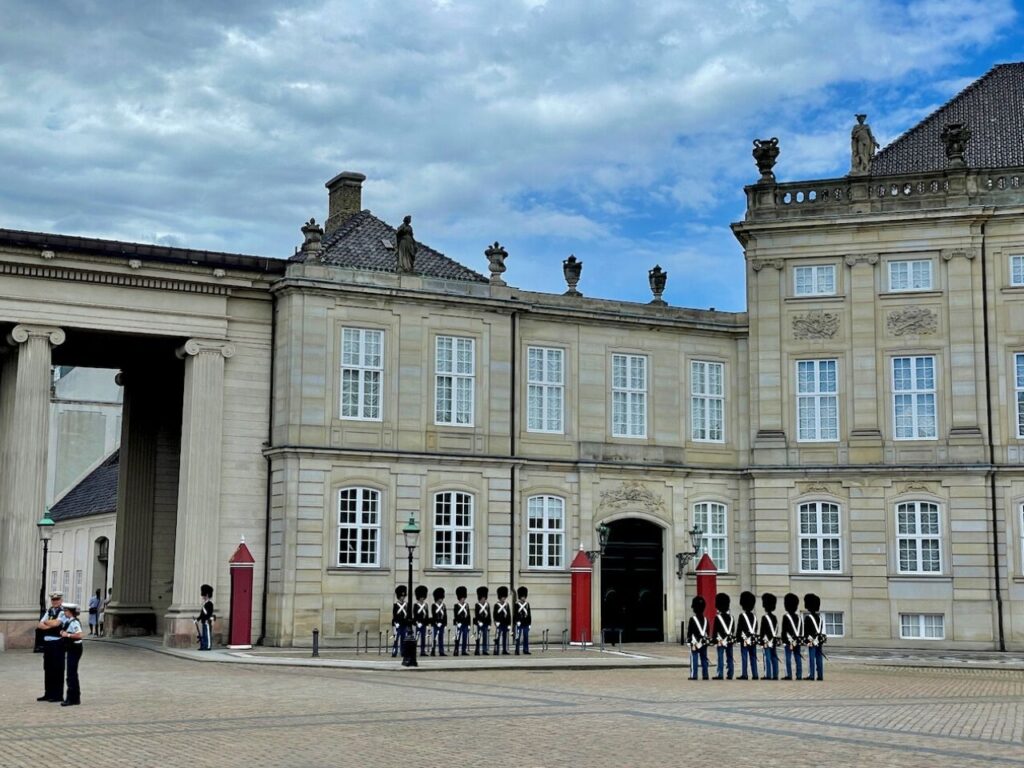
- The guards on duty stand at attention with their rifles, awaiting the incoming guards.
- The incoming guards march to the left of the equestrian statue in the square and proceed toward the residence palace. If the king resides, the parade goes to Frederik VIII’s Palace to collect the flag.
- The incoming guard retrieves the flag from the Fanegemakket (the flag room where the ceremonial flag of the King’s Guard is kept). The flag is a significant symbol of the guard’s duty and authority, and the handover of the flag is a key moment in the ceremony.
- A flag march is performed, and the flag is handed to the flagbearer by the Adjutant on Duty.
- The outgoing guards march out, and the incoming guards take their positions in a synchronized changeover march.
- A post-replacement patrol or a new group of guards is sent out to switch the sentry box guards outside the palace.
- Officers from both the incoming and outgoing guards report to The King.
- On the palace square, the Band of The Royal Life Guard performs a short concert for visitors.
- The outgoing guards repeat the front march ceremony and return the flag to the Fanegemakket for safekeeping until the next changeover.
Guards and the Music Band
The size and style of the parade depend on who is residing at Amalienborg Palace.
- Kongevagt (King’s Guard): When the King, HH Frederik, is at the palace, the guards are joined by the full Royal Life Guard Music Band featuring flutes, drums, trumpets, and fifes. It also includes the sentry command—the Commander, 36 guards, and the Second-in-Command.
- Løjtnantsvagt (Lieutenant Guard): When other royals, like HH Crown Prince Christian, HH Queen Mary, Queen Margrethe, Prince Joachim, or Princess Benedikte, are acting as regents, the guards are accompanied by flutes and drums.
- Palævagt (Manor Watch): If the Crown Prince or Prince Joachim is at the palace but not acting as regent—or if the palace is unoccupied—the guards march without music accompanying them.
Did you know? On the King’s birthday or special occasions, the guards wear red uniforms instead of their usual black ones.
When is the Best Time to See the Changing of Guards?
The Amalienborg Palace is the winter palace for the royal family from September to April and that is the right time to see the guards changing ceremony. During this time of the year, you can listen to music at Amalienborg Palace Square almost every day around 12:00.
When no one resides in the palace during the summer and other times of the year, the parade is not accompanied by a music band.
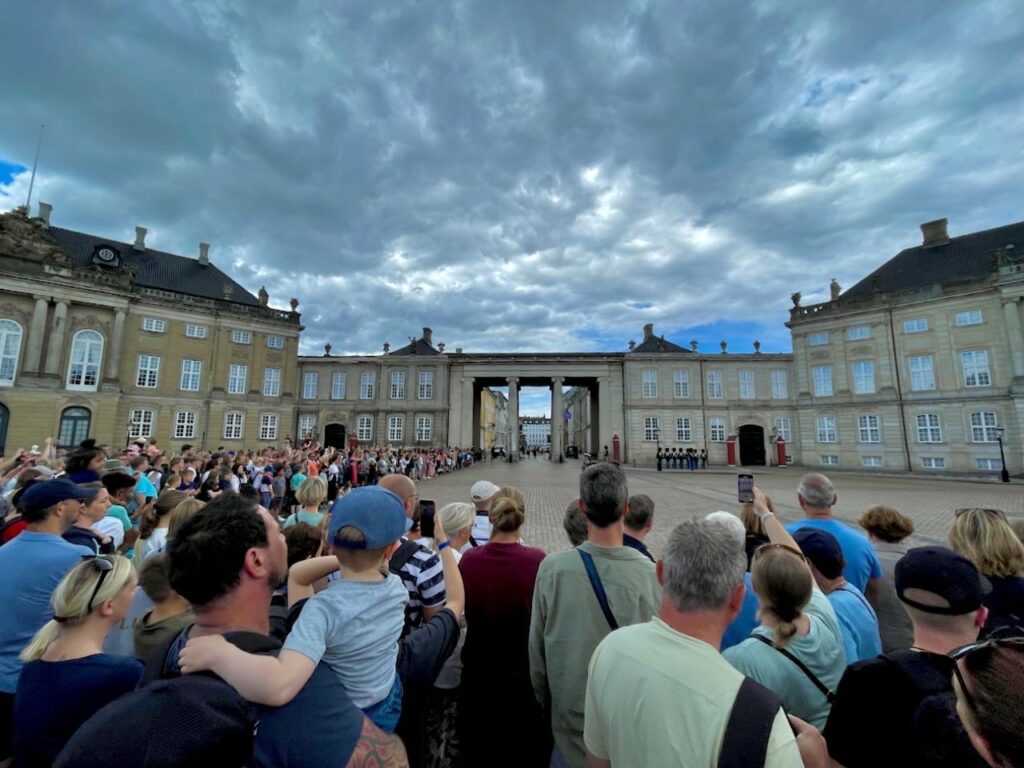
You can identify who from the royal family resides at Amalienborg by the flags flying over the palace roofs. If the King’s flag is raised, it means the King is present. If a split flag is displayed, it indicates that no one from the royal family is currently residing at the palace.
Did you know? “Pro Rege et Grege” (For the King and the People) is the motto of the Royal Life Guard and is inscribed on the regimental cap badge and uniform.
Is Changing of Guards at Copenhagen Free to Watch?
Yes. The complete royal experience of changing guards at the Amalienborg Palace is free of cost to watch.
Did you know? You will get free admission to Amalienborg Palace with the Copenhagen Card.
Visitor Tips for Watching the Changing of Guards Event
- Arrive Early: The ceremony attracts large crowds, especially on weekends. Arrive early to secure a good viewing spot.
- Follow From a Distance: You’re welcome to follow the marching squad as they move from Rosenborg Castle to Amalienborg Palace, but keep a respectful distance and don’t get too close to the guards.
- At the Palace Square: Visitors typically gather in a half-circle around the square, leaving the center clear for the guards to perform their ceremonial routines. Avoid stepping into the space reserved for the ceremony.
- Photography: You can take photos and videos, but don’t obstruct the guards or disrupt the flow of the ceremony.
- Dress for the Weather: The event is outdoors, so wear appropriate clothing for the season and bring an umbrella or raincoat if needed.
Final Thoughts: Changing of Guards at Amalienborg Palace, Copenhagen
The changing of guards ceremony is a tradition celebrated in many countries, but for the Danes, it holds history and royal significance.
The best part? It’s a free activity and a great way to discover the cultural treasures of Copenhagen.
If you’re visiting Copenhagen, make sure to plan your day around this unique event. It’s a perfect way to experience the grandeur of Amalienborg and add a royal touch to your trip.
Don’t forget your camera—this is a memory worth capturing!
Denmark Travel Checklist
More Posts
- Best saunas in Copenhagen for a relaxing day
- When does the Copenhagen Light Festival take place?
- Top 10 environmental-friendly hotels in Copenhagen
- What to buy in Copenhagen during the Christmas season?
- Amagerbrogade Christmas parade – the largest parade in Denmark
- All about Julefrokost: The Danish Christmas lunch
- 12 Cool Christmas traditions in Copenhagen
- Best Danish bakeries in Copenhagen for epic Danish pastries
- Best places to celebrate New Year’s Eve in Copenhagen
- The most loved ice Skating rinks in Copenhagen
- How to celebrate Christmas in Copenhagen?
- Festivals in Copenhagen: J Day and Santa Lucia Parade

